Arabic Calligraphy:
An ancient script of an immortal culture
Perhaps one of us stopped one day during his visit to an oriental museum in front of a painting written in letters from the Arabic language or perhaps saw somewhere a painting with Arabic scripts and Arabesque which caught his eye and made him stop, even for a moment to reflect upon them. If none of this happened to you previously, then perhaps the cover of this paper which is in your hands now, instigated you instigated curiosity to find out something about this art. What is the story of these artistic decorations and inscriptions which the ancient Arabs mastered as well as some of their contemporary Arabs? What is the secret of its qualitative beauty? And what made the Arabic calligraphy distinct in this art, which is hardly found in other languages?
Arabic calligraphy has gained a high status in the field of fine arts in the Arab world and the international arena and attracts the attention of art connoisseurs in the East and West.
Muslims saw Arabic calligraphy as a special means to embody artistic beauty. Therefore, they used it to decorate mosques, domes and palaces, and wrote on certain types of rocks, pots, coins, gold ornaments, as well as carpets and leather.
Arabic calligraphy witnessed great development in the eras of the Umayyad (662-750 CE) and Abbasid (750-1517 CE) rule. These were the two eras in which the Arabs mingled with multiple races around the world. Therefore, many types of Arabic calligraphy came about, each with its own methodology, fixed standards and criterion, which are examined by specialists and masters in this art.
In addition to the beautiful decorative role of Arabic calligraphy as part of the art associated with Islamic architecture, the inscriptions were used for specific purposes. For example, some writings are difficult to read and are always placed higher than eye-level while standing up. This is because Muslims consider them Holy Quranic writings (which must be put at a higher place). Besides, Muslims memorize the Quran and thus know what the text says. A Muslim looking at these scripts and the way they are decorated and engraved brilliantly on walls, columns or domes, recalls the content from memory and therefore goes into a state of pure contemplation. This is one of the most important roles of Arabic calligraphy.
A paragon of this magnificence is the Dome of the Rock Mosque, built in 685 CE, whose building is decorated with the Thuluth script, which includes the first eight verses of Chapter Al-Israa’. These verses narrate the greatest stories in which the earth was connected to heaven through the ascent of one of God’s greatest prophets to the sky from the location of this building.
The likes of these paintings with their writings moved the feelings of the famous painter Picasso, who said: “I found that the Islamic script has long preceded me to the maximum point I wanted to reach in graphic art.” Perhaps one of those paintings or images have also moved your feelings and made you taste the beauty inside you without comprehending what they mean. How would you feel if these letters were to talk and you were to understand their meaning? Perchance you may discover a secret you were unaware of or get introduced to a culture which is important for you.
Double sided A4 color copy paper.
Paper Size: 80-100g








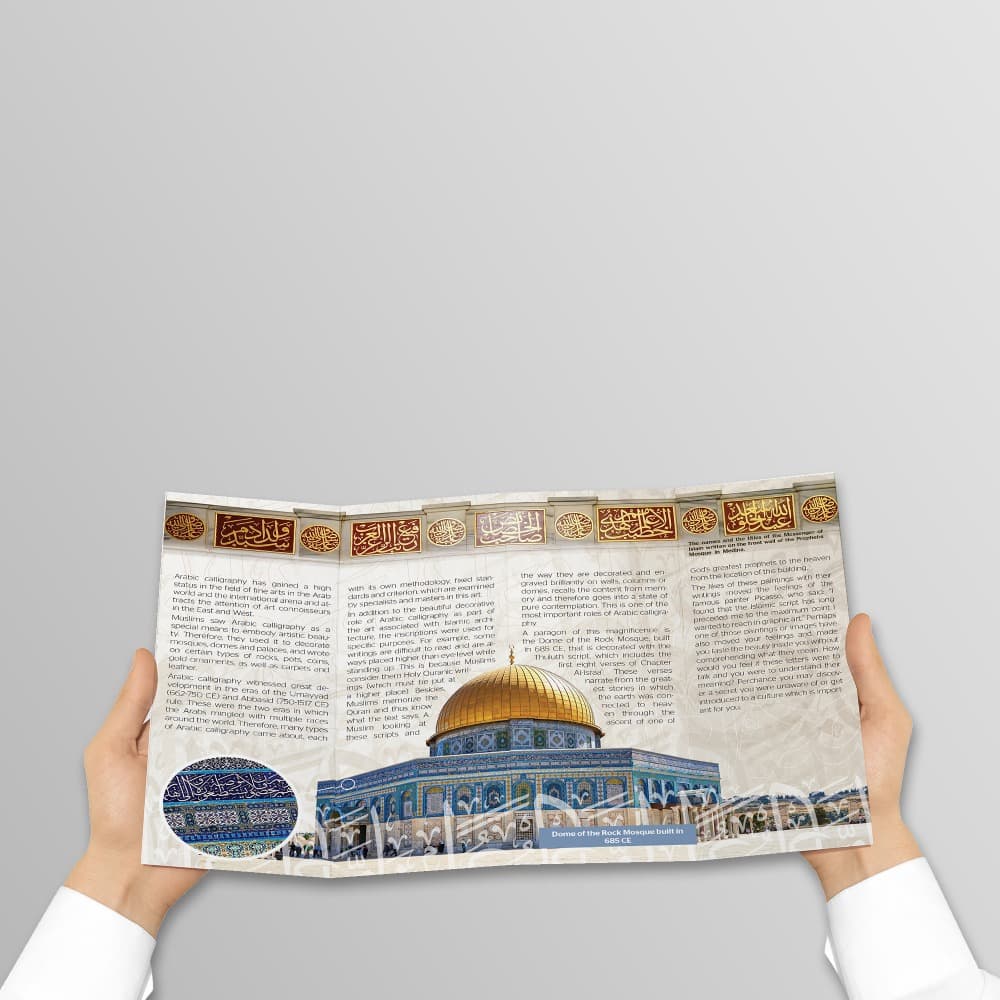
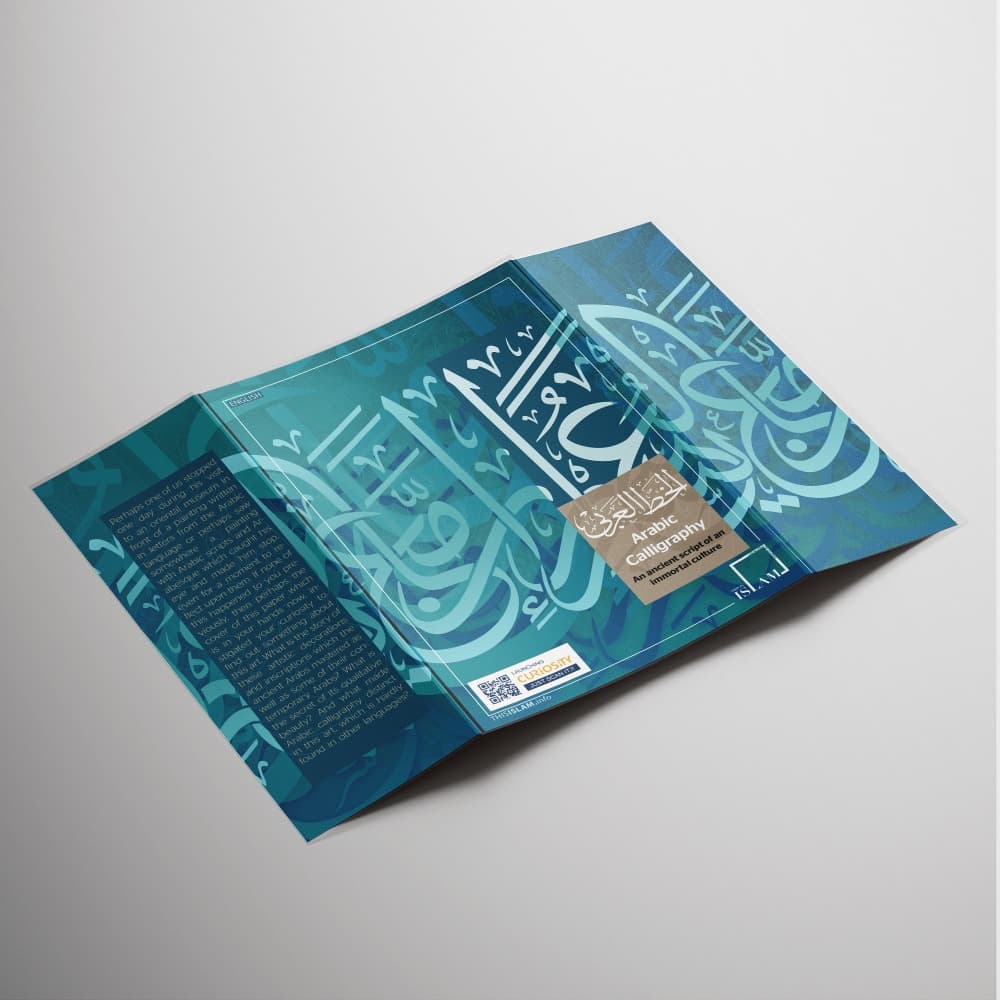
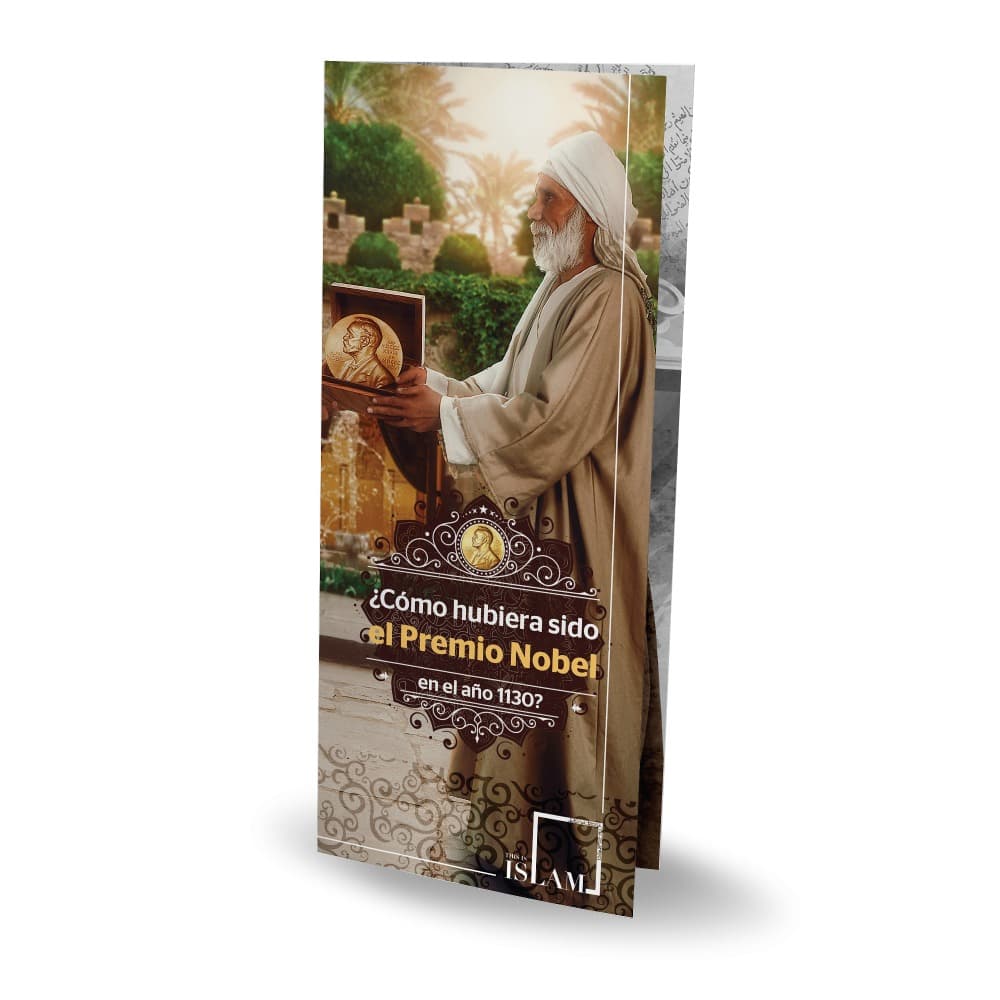

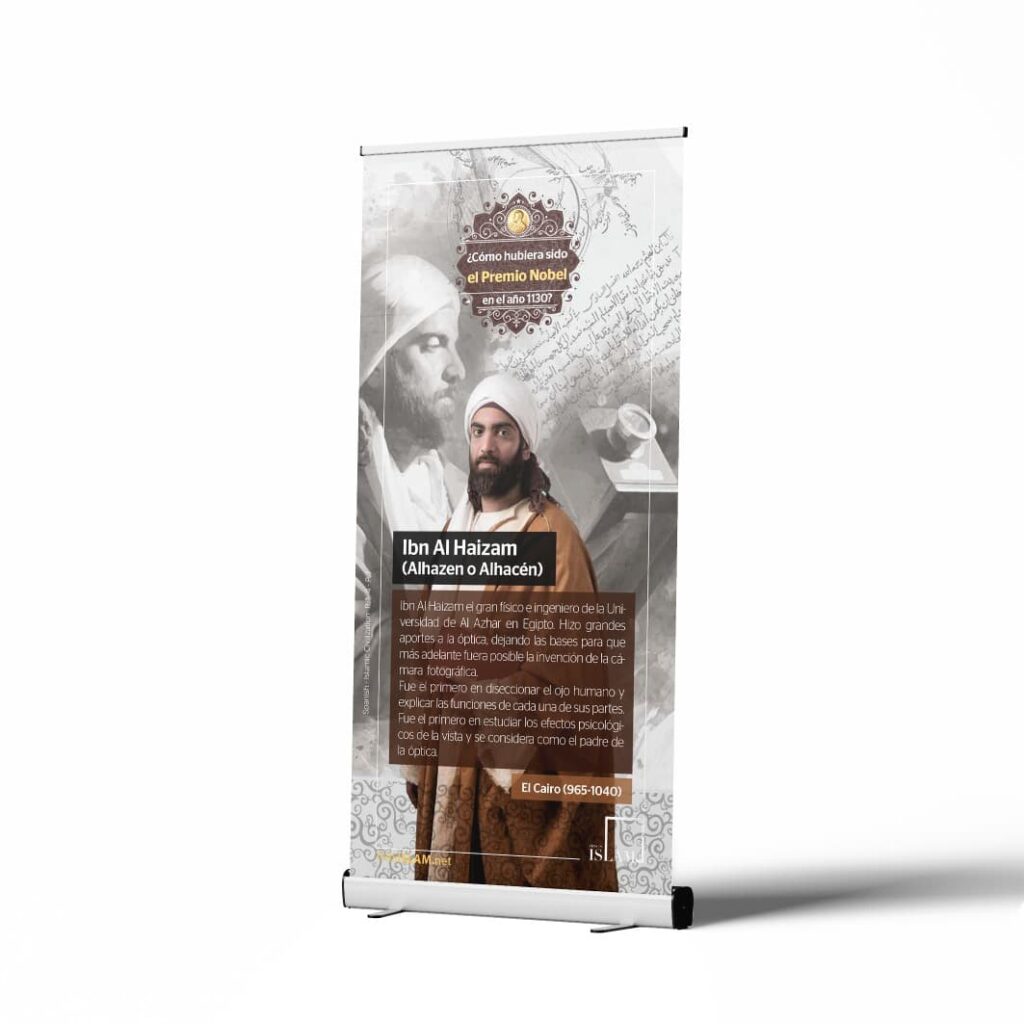
Reviews
There are no reviews yet.